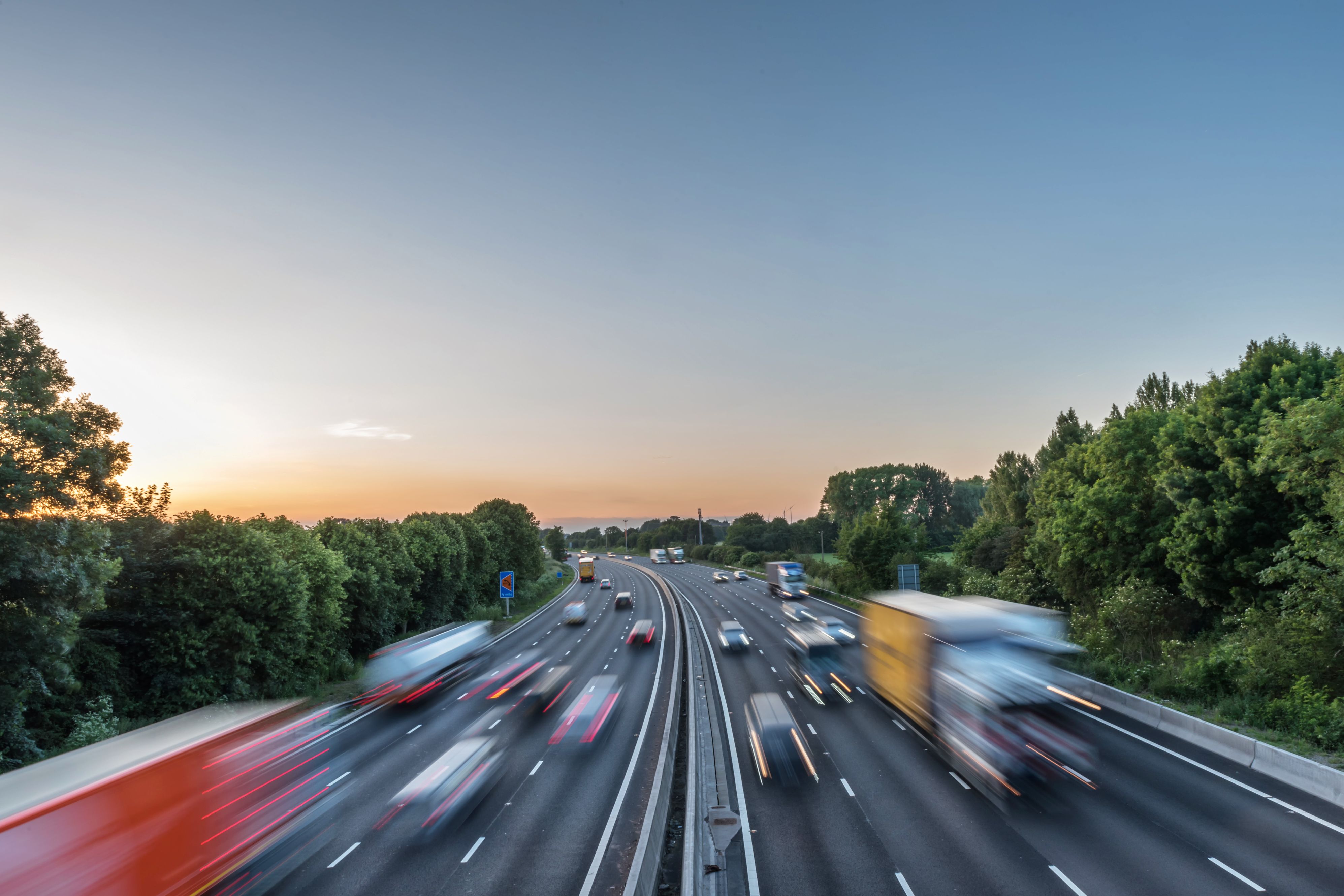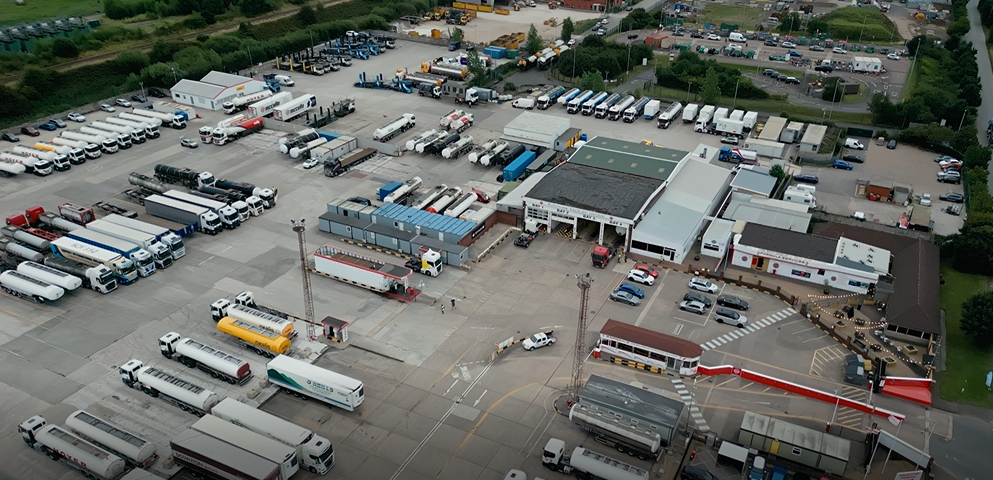
Miranda Blake
Come l'industria logistica può garantire sicurezza e convenienza agli autotrasportatori europei
Creato: 08/01/2025
•
Aggiornato: 08/01/2025
Attraverso l'implementazione di nuove normative, l'uso della tecnologia e l'impegno per il benessere dei conducenti, l'industria logistica può lavorare per un futuro più sicuro per i camionisti, promuovendo al contempo la convenienza.
Ma come si mette in pratica tutto questo? Continuate a leggere per scoprirlo...
Consapevolezza delle autostrade pericolose d'Europa
In precedenza abbiamo condotto una [ricerca] (https://snapacc.com/hazardous-highways/) che ha fatto luce sulle strade più pericolose d'Europa, individuando in Paesi come la Bulgaria e la Repubblica Ceca la media più alta di incidenti mortali per 10.000 miglia di rete stradale.
Questa analisi è fondamentale per capire dove i rischi sono maggiori e per evidenziare la necessità di interventi mirati per migliorare la sicurezza. Grazie a queste informazioni cruciali, gli automobilisti possono prepararsi meglio ai loro viaggi e fare scelte informate sui loro percorsi e sulle soste.
Il ruolo della tecnologia nel migliorare la sicurezza
Anche le informazioni acquisite tramite innovazioni come i sistemi di navigazione GPS, gli aggiornamenti sul traffico in tempo reale e i sistemi avanzati di assistenza alla guida (ADAS) sono fondamentali. Questi progressi tecnologici non solo forniscono dati essenziali sulle condizioni stradali, ma aiutano anche i camionisti a prendere decisioni ponderate sui loro viaggi. Ad esempio, i sistemi GPS possono suggerire percorsi alternativi che evitano potenziali aree di pericolo, mentre gli aggiornamenti sul traffico possono fornire avvisi su ritardi o incidenti in arrivo. Di conseguenza, gli autisti sono in grado di [ottimizzare i loro viaggi] (https://snapacc.com/newsroom/route-optimisation-with-fleet-management-software-snap-account/).
Inoltre, applicazioni come intruck offrono loro l'accesso a informazioni dettagliate sulle aree di sosta dei camion in tutta Europa, garantendo loro la possibilità di trovare luoghi adatti per riposare. Questo è particolarmente vantaggioso per coloro che viaggiano su lunghe distanze e hanno bisogno di fare pause regolari per rispettare la legislazione, combattere la stanchezza e mantenere la concentrazione.
L'importanza del riposo di qualità
Negli anni passati, molti autisti non avevano altra scelta se non quella di trascorrere i periodi di pausa in cabina a causa della mancanza di alloggi accessibili e a prezzi contenuti, e questo spesso si traduceva in un riposo di scarsa qualità, che può avere effetti negativi sulla loro salute e sicurezza.
È stata posta una maggiore enfasi sulla possibilità per i camionisti di rilassarsi in una sistemazione adeguata. Le aziende di trasporto devono farsi carico di organizzare soggiorni in hotel o di utilizzare strutture dedicate alle pause. Sebbene ciò possa comportare costi aggiuntivi, rappresenta un'opportunità per investire nel benessere della forza lavoro, portando in ultima analisi a livelli più elevati di soddisfazione e fidelizzazione.
Implementazione di soluzioni di alloggio
Per rispettare le normative, ridurre i rischi associati alla stanchezza e migliorare la sicurezza generale dei propri conducenti, gli operatori delle flotte possono prendere in considerazione i seguenti approcci:
● La creazione di partnership con hotel o strutture di sosta locali può garantire ai conducenti l'accesso a un luogo confortevole per rilassarsi.
● L'utilizzo di app e piattaforme online può aiutare i camionisti a localizzare i luoghi di soggiorno nelle vicinanze, snellendo il processo e migliorando l'efficienza complessiva.

Come SNAP sostiene i camionisti
SNAP cambia le carte in tavola per gli operatori del settore, offrendo soluzioni digitali che danno priorità alla sicurezza e alla convenienza. Le flotte e gli autotrasportatori hanno ora accesso a una rete in espansione di servizi progettati per rendere i viaggi più fluidi e sicuri.
Convenienza digitale
Il cuore della nostra offerta è il nostro mercato digitale, che ottimizza diversi aspetti:
● Pagamenti: Utilizzato ogni 13 secondi in tutta Europa per pagare i servizi delle aree di sosta, SNAP elimina la necessità per i camionisti di spendere di tasca propria e di richiedere successivamente il rimborso delle spese.
● Parcheggio: intruck aiuta i conducenti a individuare e prenotare i parcheggi lungo il percorso, molti dei quali dotati di opzioni di sicurezza avanzate per aumentare la sicurezza.
● Servizi semplificati: La nostra piattaforma consente ai camionisti di pagare il parcheggio, il lavaggio e altri servizi utilizzando solo il numero di targa del loro veicolo.
La sicurezza prima di tutto
Questa rimane per noi una priorità assoluta. Di recente abbiamo ampliato la nostra rete includendo siti in Austria, Bulgaria, Cechia, Grecia, Ungheria, Italia e Romania. Molti di questi hanno migliorato le infrastrutture di sicurezza, rispondendo all'esigenza critica di un parcheggio notturno sicuro.
Inoltre, abbiamo una divisione dedicata, SNAP Access & Security, per fornire soluzioni su misura che proteggono i locali dalle minacce di criminalità legate al carico, migliorando la sicurezza complessiva dei conducenti e delle merci.
Guardare al futuro con SNAP
I camionisti sono estremamente soddisfatti delle nostre soluzioni. Infatti, l'80% degli autisti con cui abbiamo parlato durante gli eventi nel Regno Unito preferisce SNAP ad altri metodi di pagamento e il 74% dei camionisti europei ha espresso il desiderio di vedere altri partner di servizio unirsi alla nostra rete.
Grazie alla continua crescita e allo sviluppo della nostra rete e delle nostre soluzioni, gli autotrasportatori europei possono contare su un maggior numero di opzioni che si traducono in una maggiore sicurezza, convenienza ed efficienza sulla strada. Risolvendo problemi fondamentali come la sicurezza dei parcheggi e la semplificazione dei pagamenti, stiamo aprendo la strada a un settore degli autotrasporti più connesso e solidale in tutta Europa.
Per saperne di più su SNAP, contattate il nostro team al numero +44 (0)1603 777242.



